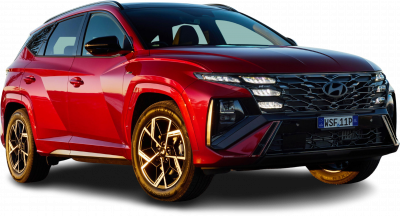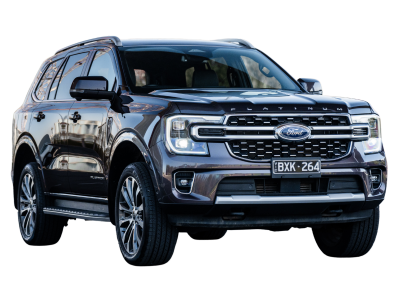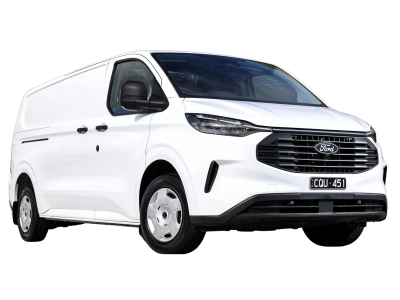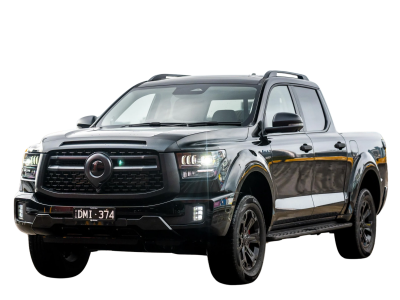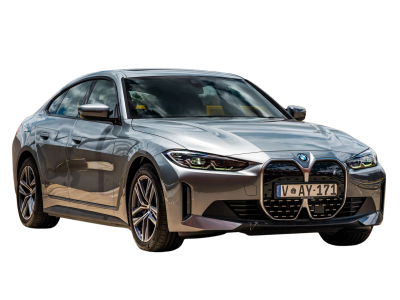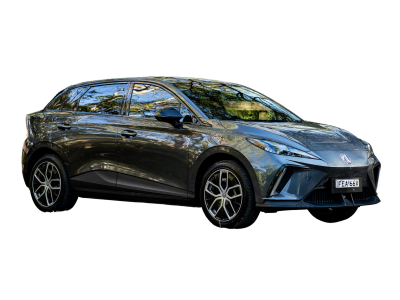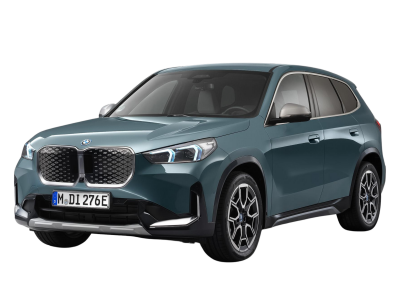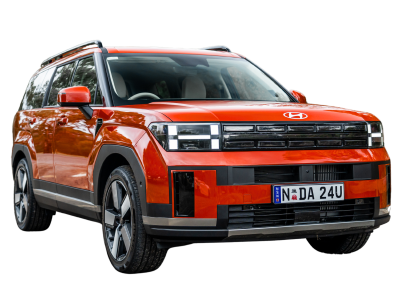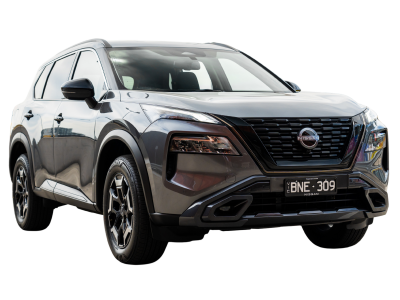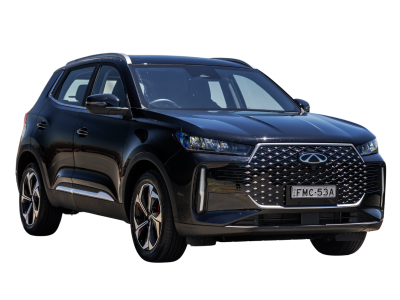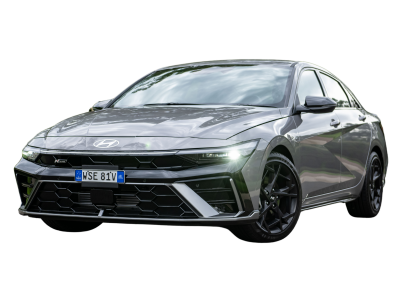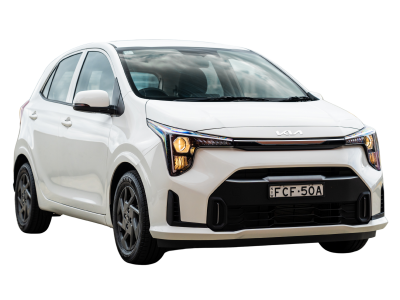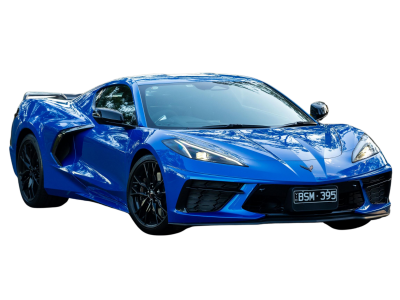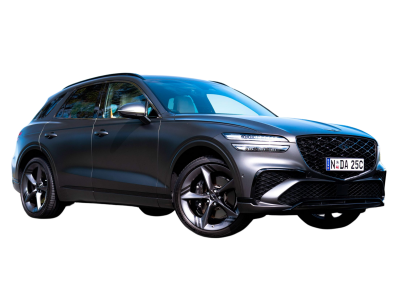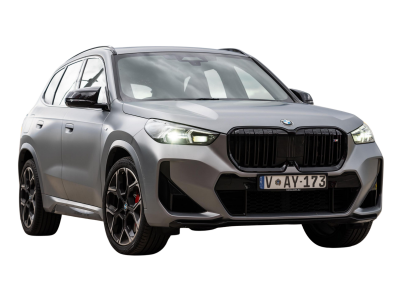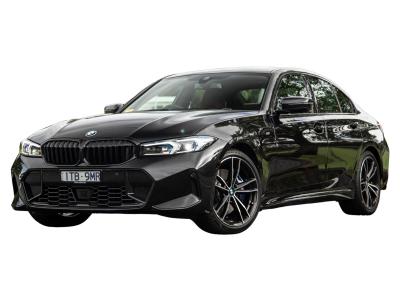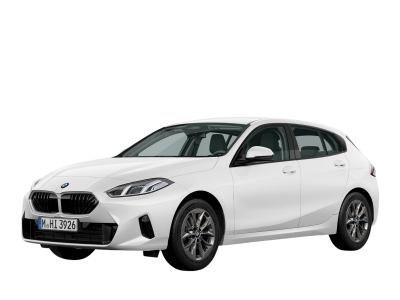People movers are purpose-built for large families and chauffers who need genuine multi-passenger capability without compromising on safety, comfort or convenience. These spacious vehicles excel at everything from school runs with multiple children to extended family road trips and the executive airport shuttle, offering flexible seating arrangements and thoughtful storage solutions that make life easier.
The best people movers balance passenger capacity with everyday practicality. They need comfortable seating for six or more passengers, easy access to all three rows, and the versatility to adapt between people-carrying and cargo-hauling duties. Modern safety systems and fuel-efficiency are essential for both family and business buyers.
Here are Australia's top people movers that make large family and executive transport comfortable and convenient.
Australia's Best People Mover

Best Choice
Kia Carnival
The Kia Carnival delivers exceptional people mover value with a spacious eight-seat comfort, practical sliding doors and comprehensive safety and multimedia tech that makes it ideal for growing Australian families.
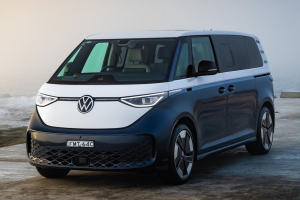
Finalist
Volkswagen ID.Buzz
The Volkswagen ID.Buzz combines iconic design with modern electric efficiency, offering zero-emissions family transport and distinctive retro styling that makes every journey feel special.
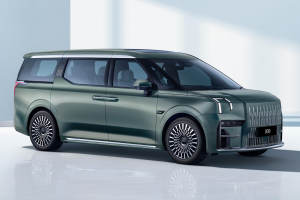
Finalist
Zeekr 009
The Zeekr 009 brings luxury to the people mover segment with premium materials, advanced tech features, and distinctive styling that elevates family transport to new levels of sophistication.
Compare 2025’s Best People Mover
Explore our top picks for Best People Mover this year, with side-by-side comparisons to make your choice easy.




